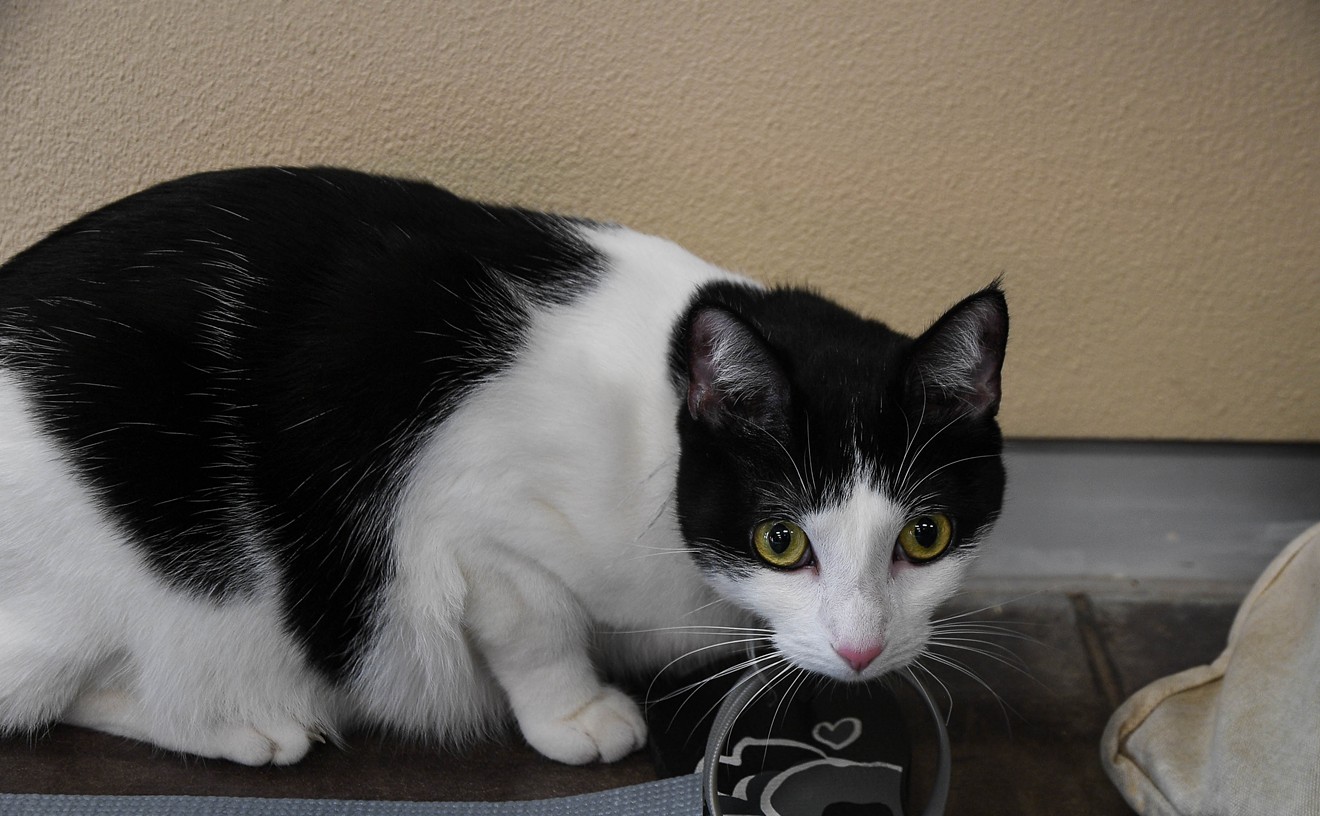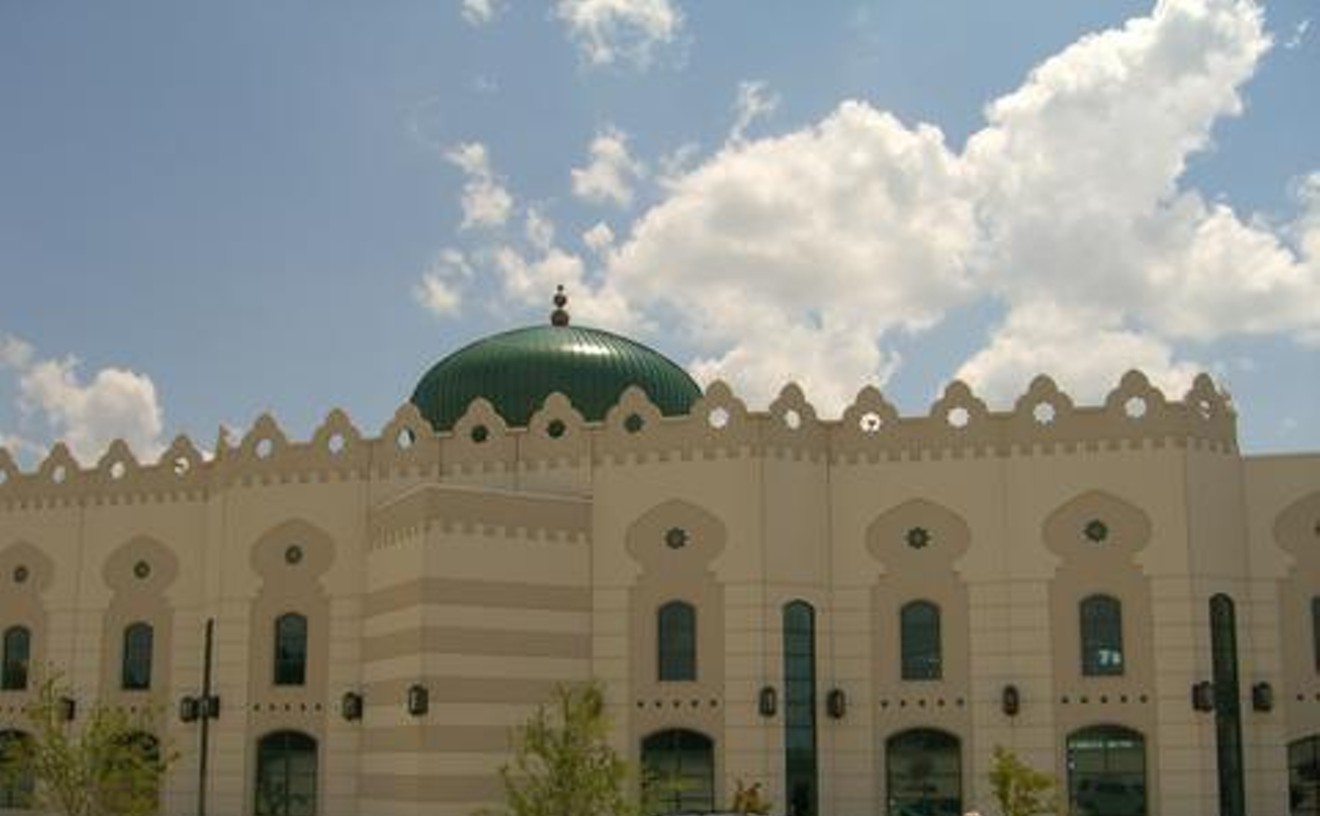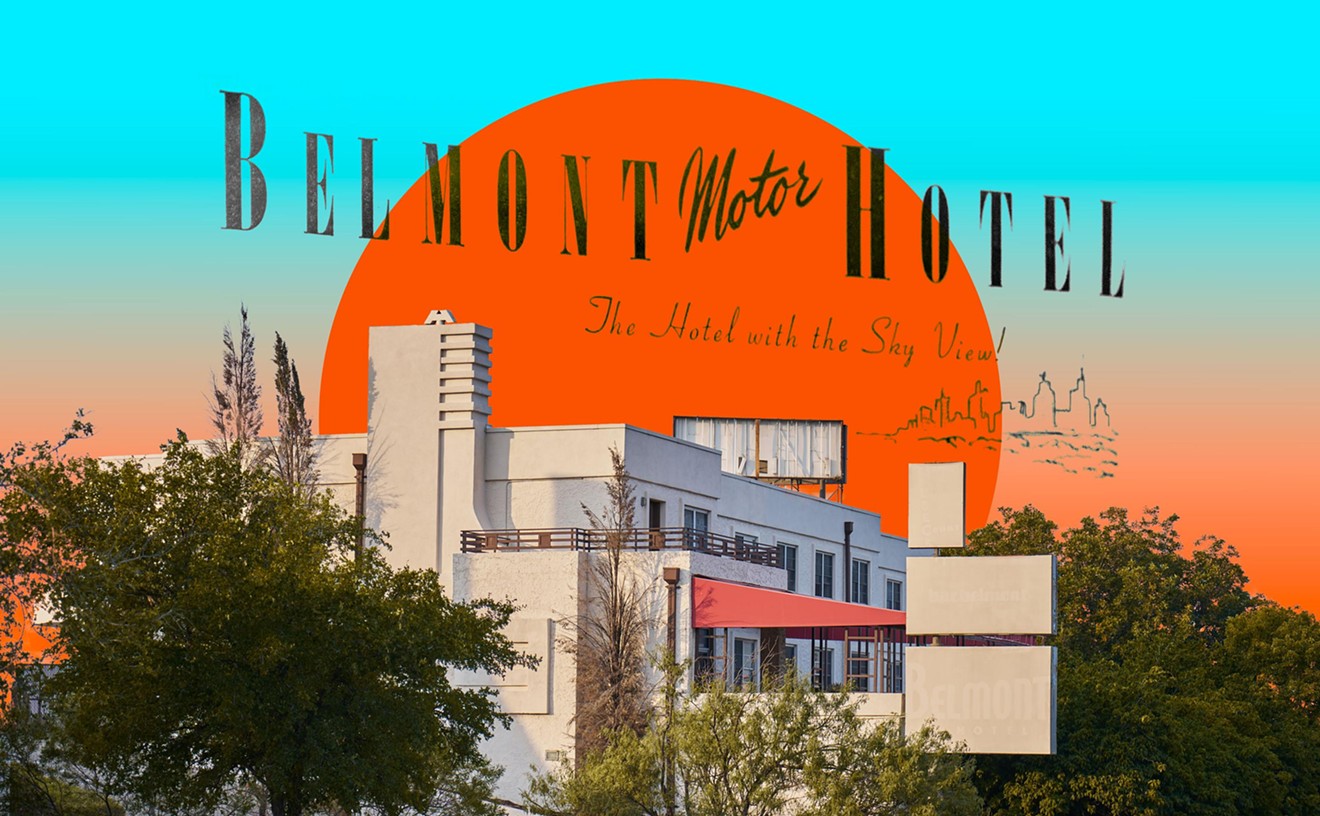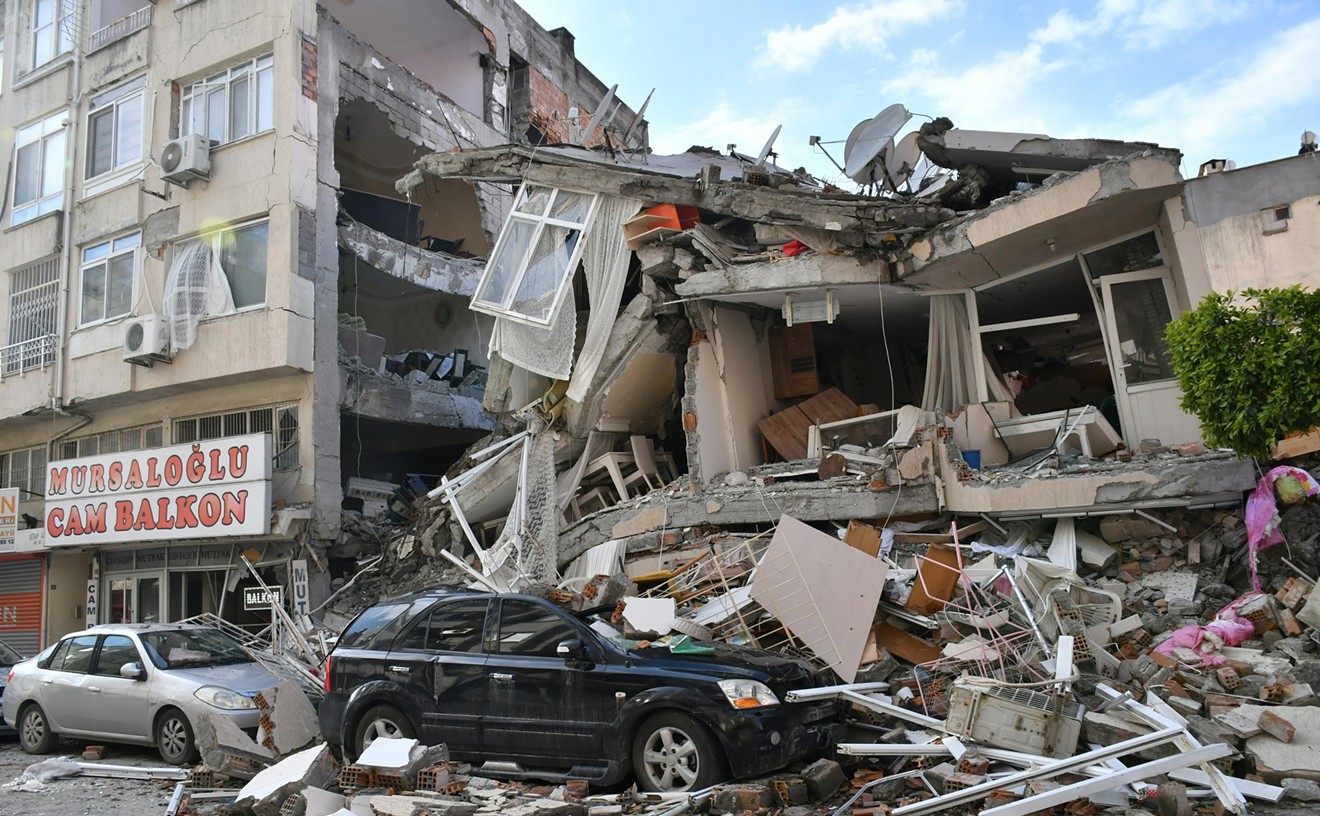Dallas city staff briefed the City Council on Monday on the state of streets. As they usually do, they brought along data about which council district has the best streets (District 12 in Far North Dallas) and which has the worst streets (Philip Kingston's downtown and East Dallas fiefdom). They confirmed that, thanks to the city's most recent round of budgeting, Dallas' streets aren't set to degrade any further in 2019 and 2020. They aren't set to improve, not even a little, but they aren't set to get any worse.
That's the good news. The bad news is that without significant increases in the amount future councils dedicate to street maintenance, the condition of Dallas' streets could quickly get out of hand.
To maintain zero street degradation as defined by the pavement condition index, the city's 0-100 grading system for streets, Dallas would need to budget $94 million more than what's projected for streets in 2021, almost $230 million more than projected for 2022 and more than $180 million above the amount projected in 2023 to be allocated to street maintenance. Similar increases will be needed through 2028, Assistant City Manager Majed Al-Ghafry told the council.
Improving the pavement condition index by just 1 percent per year over the same span would cost about $100 million more annually, with an annual average need of $351 million just to bump Dallas' roads from their average score of 65.4, a grade the city considers a D, up to 75.
"We don't have a way, likely, to be able to afford zero degradation," Kingston said after the presentation. "That's something this council is very interested in. We probably can't afford it. We need to be looking both on the revenue side — what we can give to y'all to do your jobs in the way that we set policy for — but also we need to look at prioritizing which streets get fixed first.""We need to be looking both on the revenue side — what we can give to y'all to do your jobs in the way that we set policy for — but also we need to look at prioritizing which streets get fixed first." — Philip Kingston
tweet this
Kingston said the city should focus on streets, whichever council districts they might be in, that have heavy traffic, rather than roads that are traveled at far less than their capacities.
"If there's a six-lane arterial or a four-lane arterial that's carrying 5,000 cars a day, I don't ever want it touched," Kingston said.
North Dallas council member Lee Kleinman said the city should focus on pushing traffic to streets that are designed to carry heavy traffic. Failing to do so leads drivers to cut through neighborhoods, something he said the city should work against.
"I know that's sometime to the disappointment of some of my neighbors who live on very quiet streets and still would like their street replaced or repaired, but I'd rather just push the traffic out to the main streets," Kleinman said.
What should ultimately be done to keep Dallas drivable is a "foggy issue," Mayor Mike Rawlings said.
"I do believe we as a council have got to figure some things out on this," Rawlings said. "I look at these ratings and we all believe that we've got to do better and we all believe we don't have enough money to do better. That's reality. This is why it's called work. That's why we're going to have to power through this."
Rawlings suggested that the council should focus on building infrastructure in southern Dallas where it is needed most, rather than distributing street improvement funds equally among the city's 14 council districts.
"Equity does not mean equality," Rawlings said. "It means investing in areas that we want to improve the fastest. Are we as a council going to strategically invest or do what we've done in the past — which I think is very natural — which is protect our voters and our council?"











